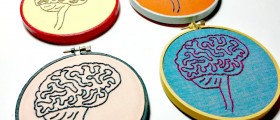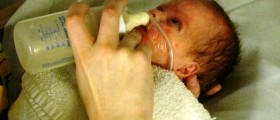
Hypoxic encephalopathy is a clinical condition manifesting through brain injury due to lack of oxygen. However, the underlying causes behind such hypoxia are commonly unknown. This condition is capable of affecting newborns and may lead to significant mortality and morbidity in the long run.
Facts about Hypoxic-Ischemic Encephalopathy
Hypoxic-ischemic encephalopathy is more common in countries which have limited health care and resources. Birth asphyxia leads to 23% of all deaths of newborns around the world. Moreover, this condition is likely to kill 8% of children younger than 8, on a global level. Birth asphyxia causes 920,000 deaths of newborns and 1.1 million of intrapartum stillbirths. Even when children manage to survive this condition, they commonly face problems such as cerebral palsy, mental retardation, learning difficulties and many other issues.
When it comes to hypoxic-ischemic encephalopathy, it can take lives in up to 50% of cases, usually during the initial week of life, triggered by multiple organ failure. Depending on the severity of the condition, the effects can range from serious to mild. In fact, 80% of children surviving this condition develop other, serious health problems. Furthermore, up to 20% will end up with moderate disabilities, while about 10% of children will manage to stay healthy later in life. Those who survive less serious levels of hypoxic-ischemic encephalopathy tend to remain healthy in a majority of cases.
The Trial
A recently conducted trial dealt with reactions and neurodevelopmental outcomes in children who have survived hypothermia, suffering from different degrees of hypoxic-ischemic encephalopathy. Here, up to 27% of children died due to discharge from the ICU while up to 38% of children died over the course of 22 months. At 18 months, the mental development index of the surviving children was taken into consideration and the results showed the following:
Namely, 40% of children had a score of 85 and higher, 21% scored up to 84 and 39% had less than 70. As for the psychomotor development index, 55% had the highest results, surpassing or matching 85, 10% managed to score up to 84, and 41% had less than 70. Finally, 30% of the children suffered from cerebral palsy, 16% from epilepsy and up to 17% of them lost their sight while 6% were deprived of their hearing.
Thus, impairments were present, even after a successful survival of hypoxic-ischemic encephalopathy. These ranged in severity and clinical presentation, often manifesting through learning disabilities as well. So, all children who suffered from this condition should be monitored once they enroll school.

















Your thoughts on this
Loading...